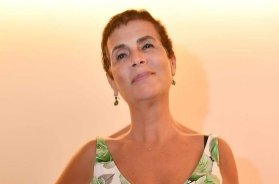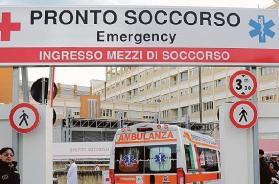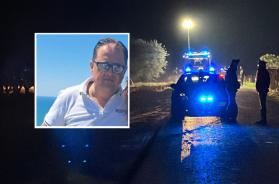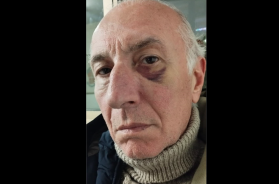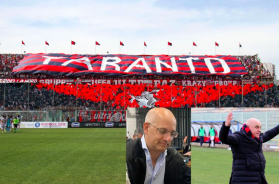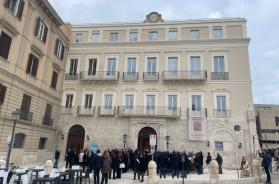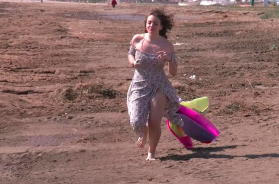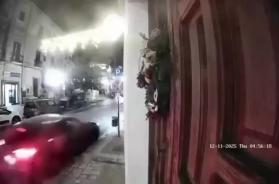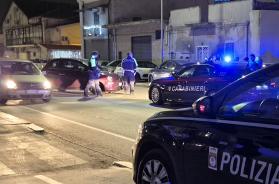Also there was the Finnish-born Italian citizen who first brought up the case against crosses in her two sons' classrooms 10 years ago, Sonia Lautsi.
In November 2009, the ECHR said the display of crosses in Italian schools violated children's and parents' freedom of belief, prompting Rome to request that the matter be referred to the court's appeal body, the Grand Chamber. The Grand Chamber authorized written observations from 10 non-governmental bodies, including Human Rights Watch, Interrights, the Italian Christian Workers Association and the Central Committee of German Catholics. In addition, 33 members of the European Parliament, which has no link to the ECHR, were for the first time ever given permission to intervene. The Grand Chamber only rarely agrees to hear appeals and only on matters deemed of particular significance throughout the Council of Europe's 47 member states. In the 2009 decision, the Strasbourg court unanimously upheld an application from Lautsi, stressing that parents must be allowed to educate their children as they see fit. It said children were entitled to freedom of religion and said that although "encouraging" for some pupils, the crucifix could be "emotionally disturbing for pupils of other religions or those who profess no religion". It said the state has an obligation "to refrain from imposing beliefs, even indirectly, in places where persons are dependent on it or in places where they are particularly vulnerable". But arguing against the court's comments, the Italian government's representative Nicola Lettieri said crucifixes in Italian classrooms are "a passive symbol that bear no relationship to the actual teaching, which is secular". He said there was "no indoctrination" involved and said the cross did not deprive parents of the right to raise their children as they saw fit. The jurist representing the 10 Council of Europe members supporting Italy, Joseph Weiler, said that "Italy without the crucifix would no longer be Italy". "The crucifix is both a national and a religious symbol," he said, suggesting that religious references and symbols are pervasive in Europe and do not necessarily connote faith. Crucifixes are a fixture in Italian public buildings although the postwar Constitution ordered a separation of Church and State, and Catholicism ceased to be Italy's state religion in 1984. Two Fascist-era decrees from 1924 and 1928, which were never repealed, are usually used to justify their status, although a 2007 education ministry directive also recommended they be displayed in schools. Lautsi started her legal battle in 2001 when her sons were aged 11 and 13, and it reached Italy's Constitutional Court in 2004. However, the Constitutional Court declined to rule on the matter, pointing out the crucifix provisions stemmed from secondary decrees predating the constitution, rather than parliament-made law currently on the Italian statute books.





